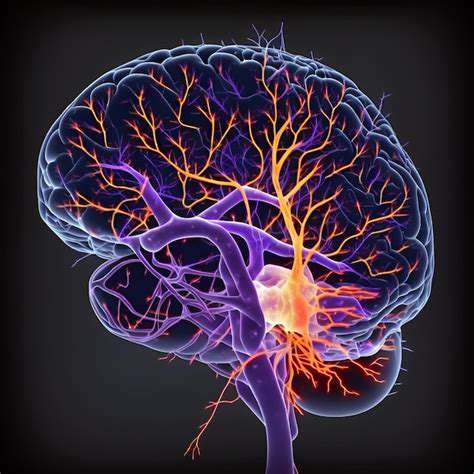ノーシセプターは、体の初期警告システムとして機能する特殊な感覚神経細胞です。潜在的に有害な刺激を検出し、シグナルを送信します。これらの神経終末は、皮膚から体全体に戦略的に配置されています。
神経経路:末梢から皮質へ

感覚入力経路
感覚入力経路は、複雑な神経経路網における初期段階です。それは、
頭痛研究の将来と個体差
個々の反応の複雑さを理解する
頭痛研究では、しばしば見過ごされる重要な要素として、頭痛の経験における個体差があります。この個体差は、頭痛の強度と頻度だけでなく、
Disclaimer: All articles on this site are original, please do not reprint